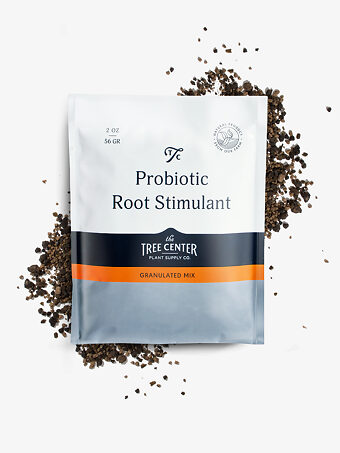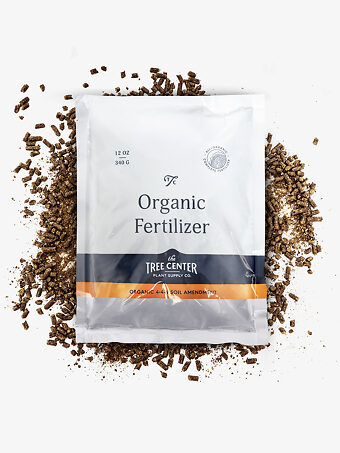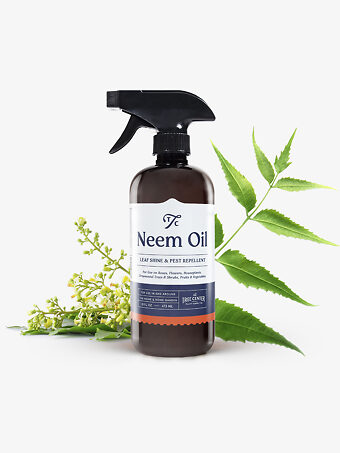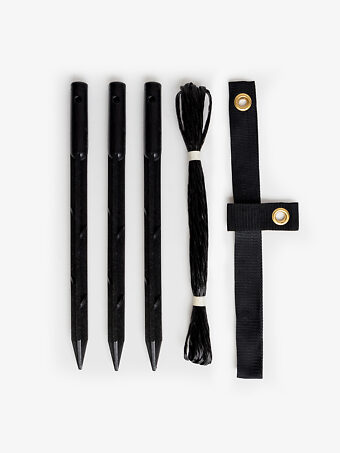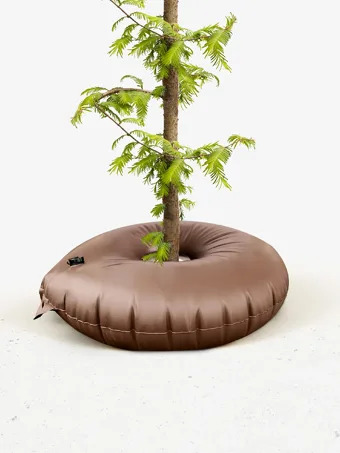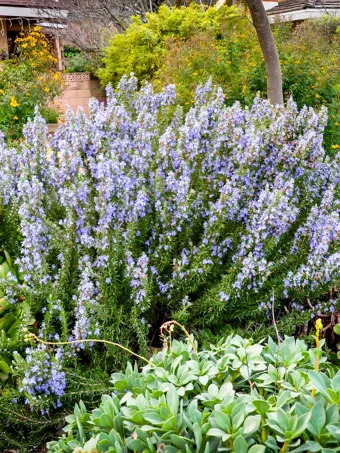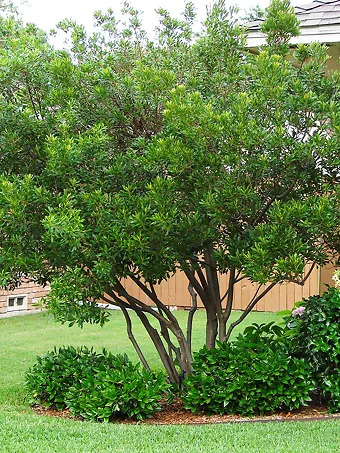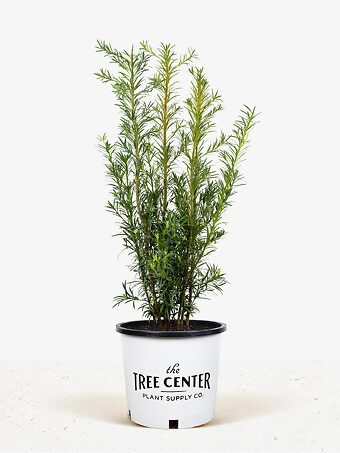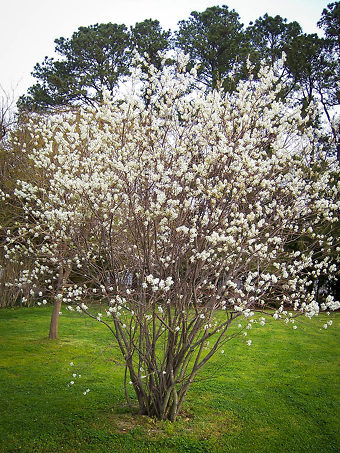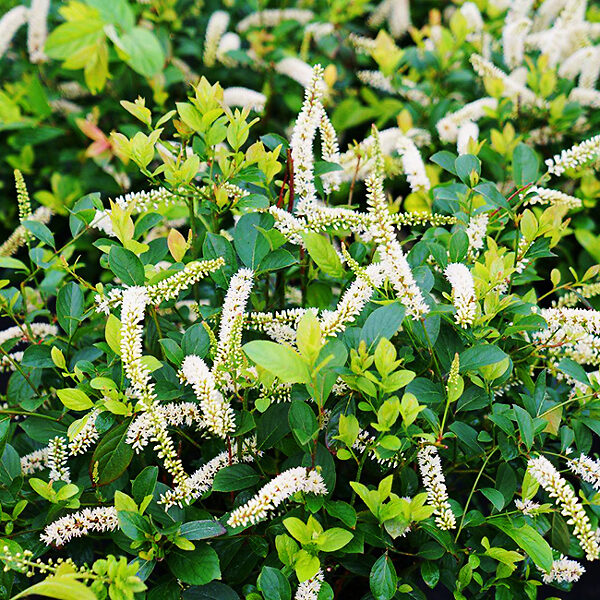
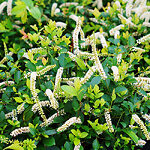
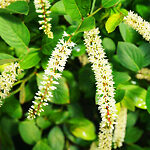
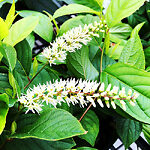

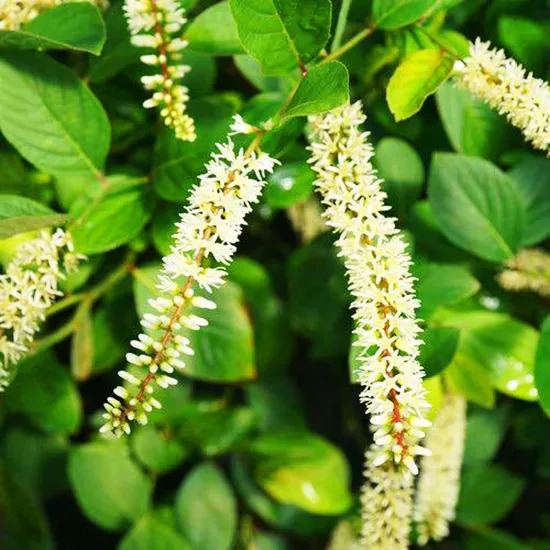
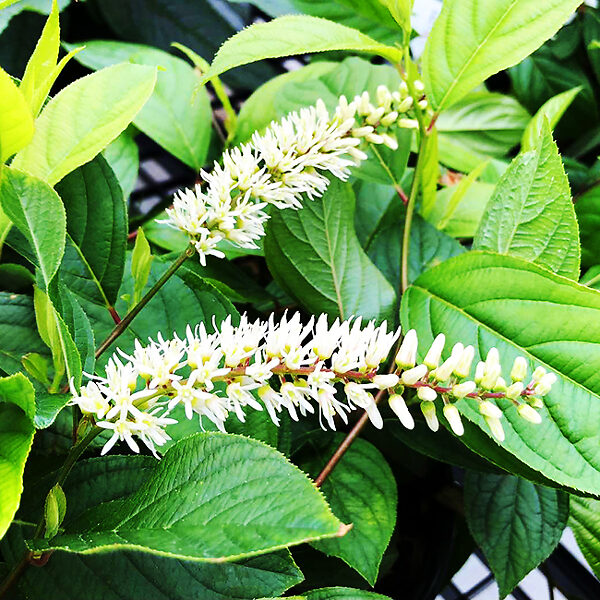
Scentlandia® Itea
Itea virginica 'SMNIVDFC' (PP# 30,233)View more from Other Shrubs & Hedges
Scentlandia® Itea
Itea virginica 'SMNIVDFC' (PP# 30,233)
Buy in monthly payments with on orders over $50.Prequalify now
on orders over $50.Prequalify now
this item doesn’t ship to
The Scentlandia® Itea is a garden selection of our native Virginia sweetspire, that is compact and bushy, no more than 3 feet tall and wide. It has rich dark-green leaves that turn vibrant shades of purples and reds in fall, and it’s smothered for weeks in early summer with long spikes of white blossoms that have an exceptionally powerful honey fragrance. This moisture and shade-tolerant bush is perfect for filling the foreground of beds with large shrubs; mixing with plants like azaleas and rhododendrons; planting by water, or edging paths.
- Extra fragrant honey-scented white blossoms in early summer
- Bold fall colors of purples and reds
- Compact and bushy for garden use
- Does well in those difficult areas with wet soil
- A native plant – non-invasive and perfect for natural planting
The Scentlandia® Itea grows well in all light conditions, from full sun (in damp soil) to light full shade, or the dappled shade of woodlands. It thrives in moist to wet soils, as well as ordinary garden soils, including heavy clays. Avoid stagnant, swampy ground and very dry, sandy areas. It blooms better in colder zones than other Itea varieties, and it just needs an annual trim to keep it perfect. Pests and diseases are almost unknown, and deer (usually) leave it alone.

Botanical Name:
Itea virginica 'SMNIVDFC' (PP# 30,233)
Mature Width:
2-3 ft
Mature Height:
2-3 ft
Grows Well In:
Zones 5-9
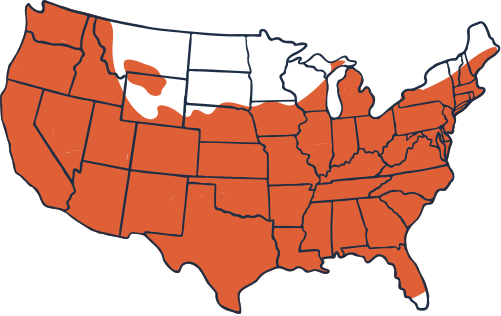
Sun Needs:
Full Sun, Partial Sun
Water Needs:
Moderate
Growth Rate:
Fast, Medium
Flower Color:
White
Flowering Season:
Summer
